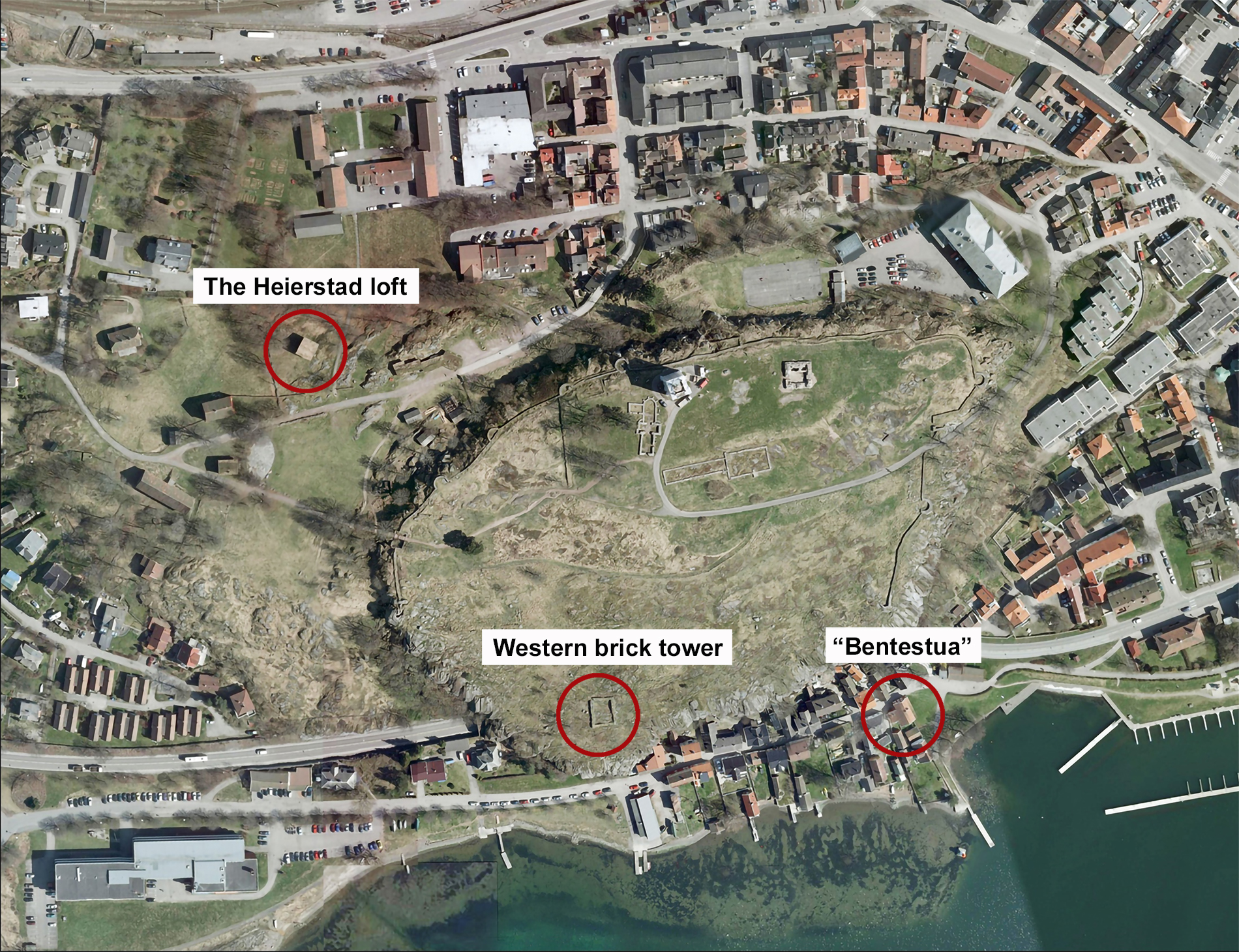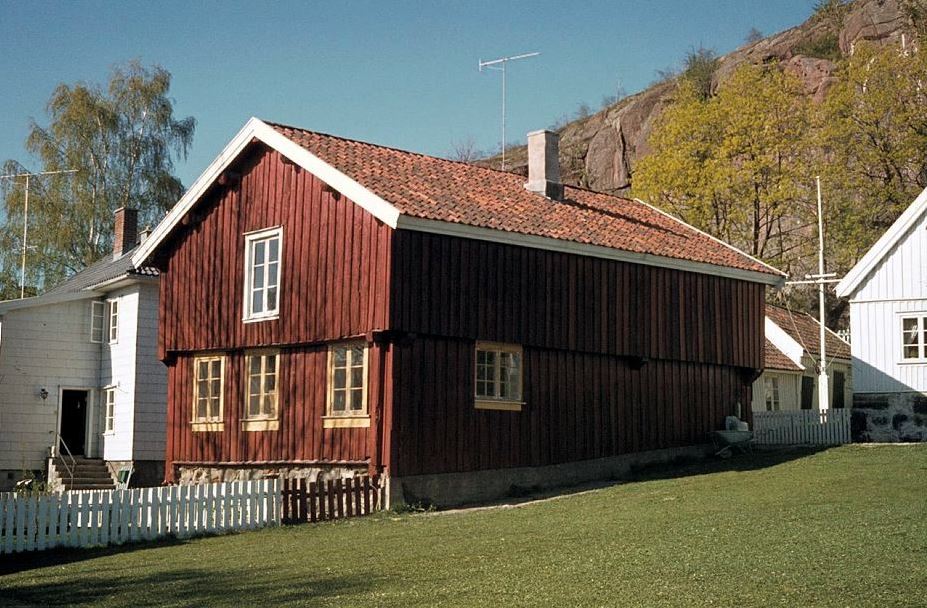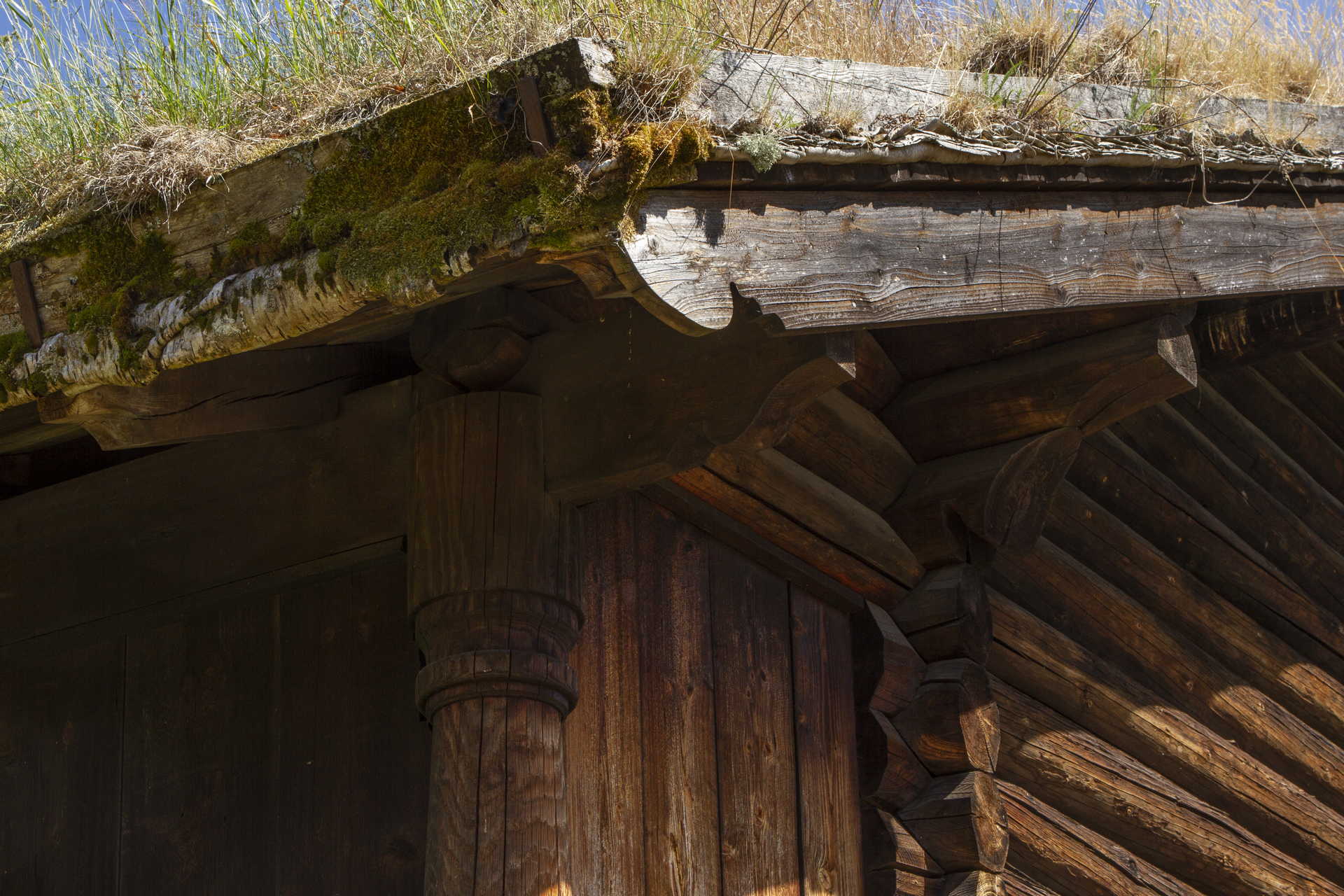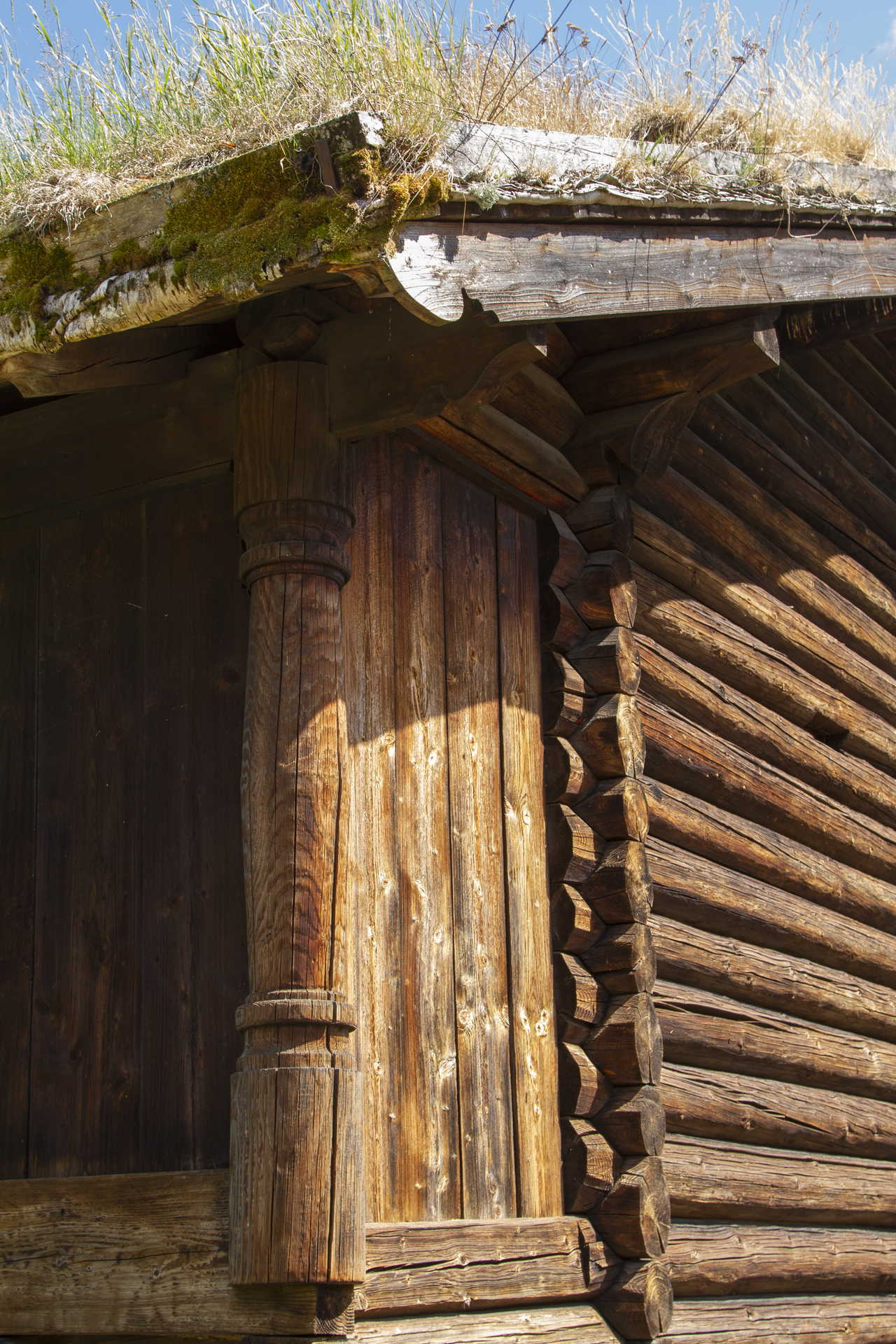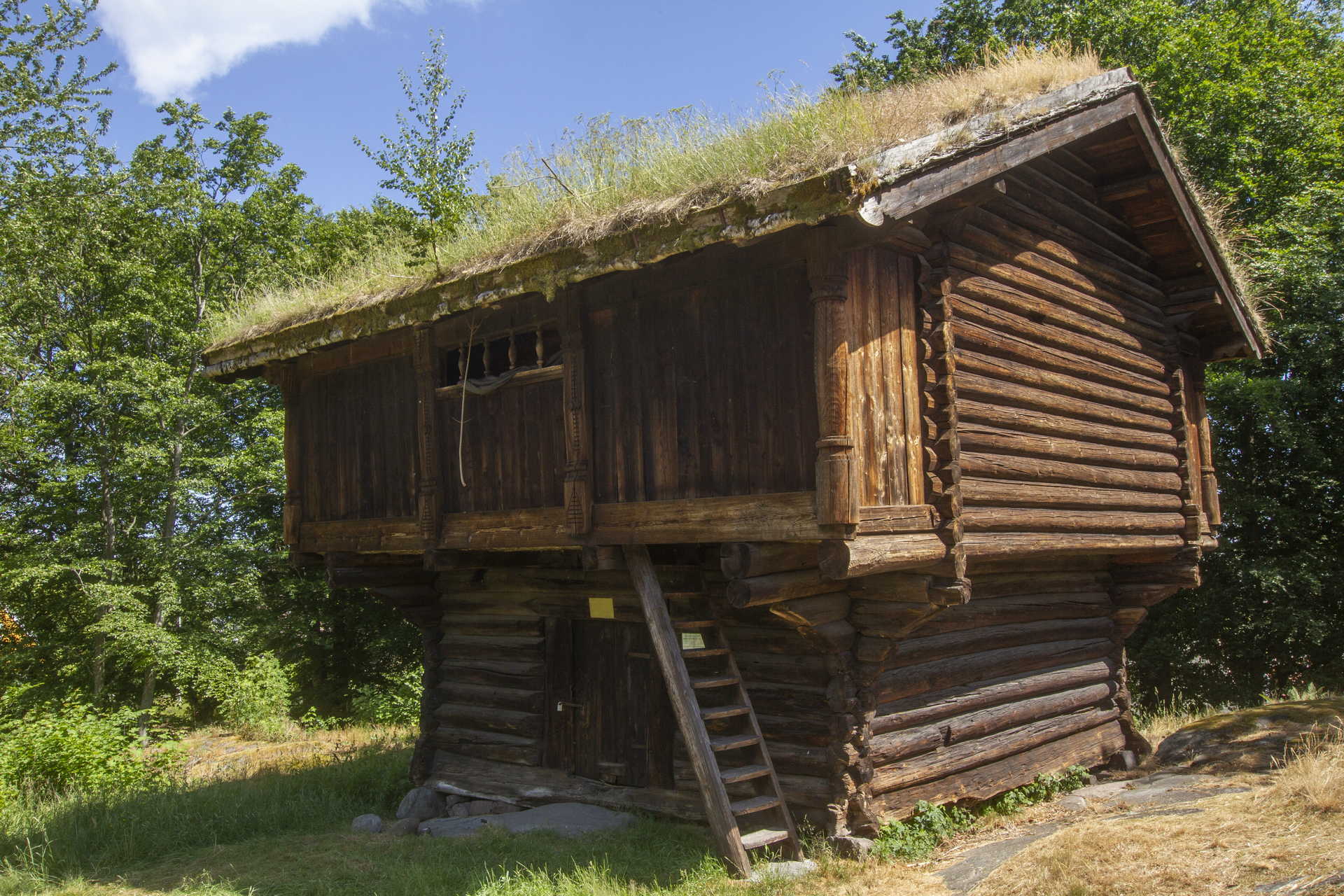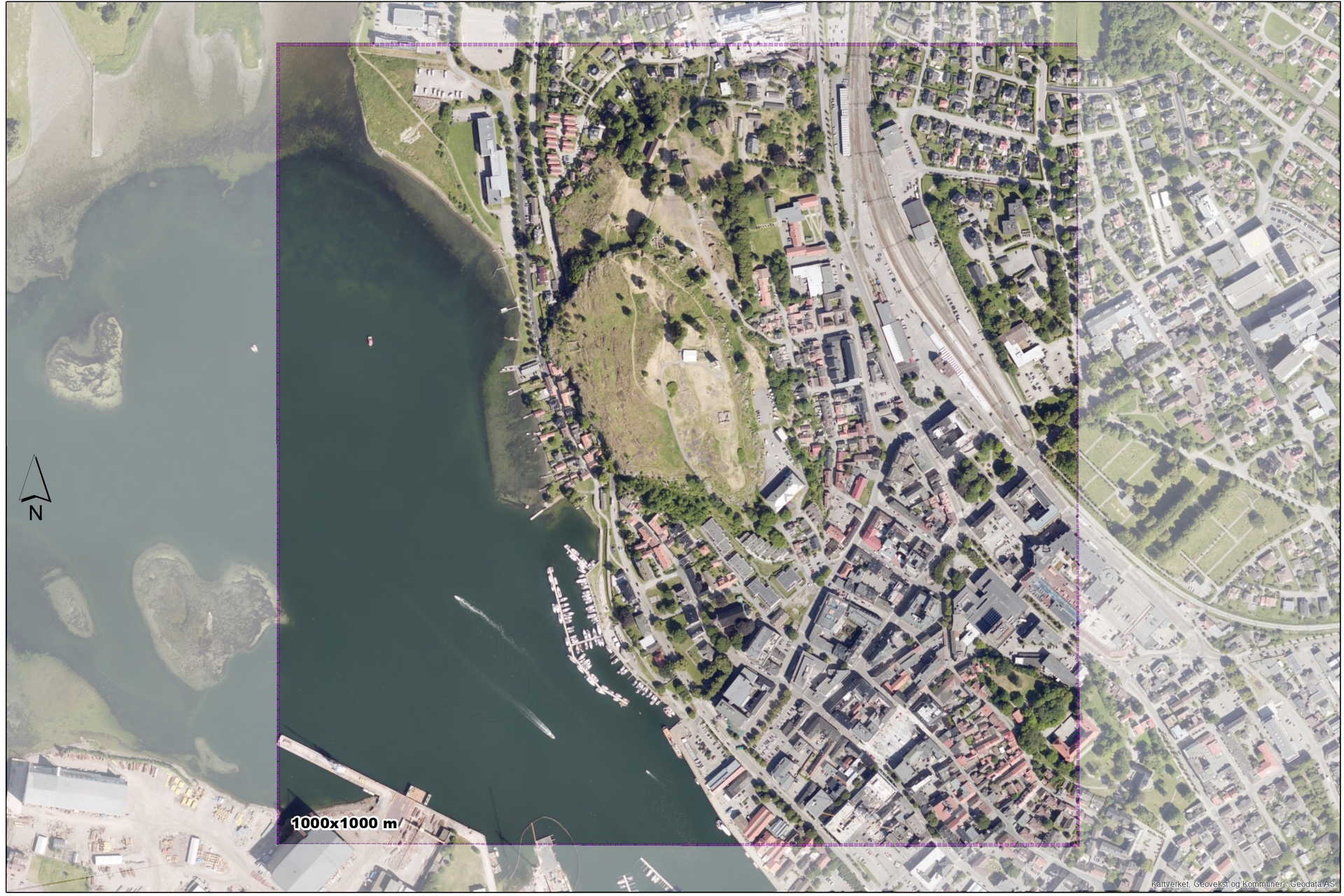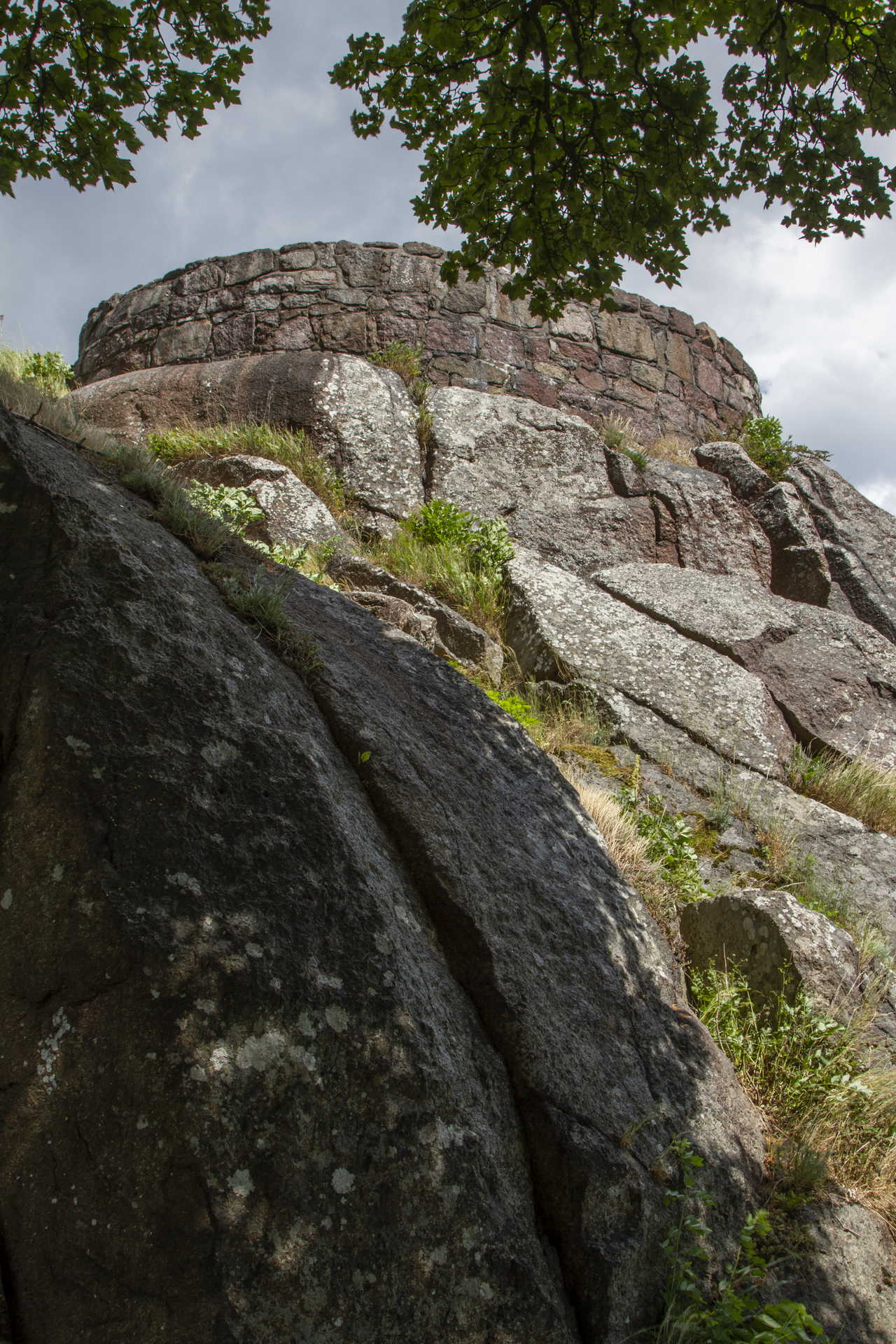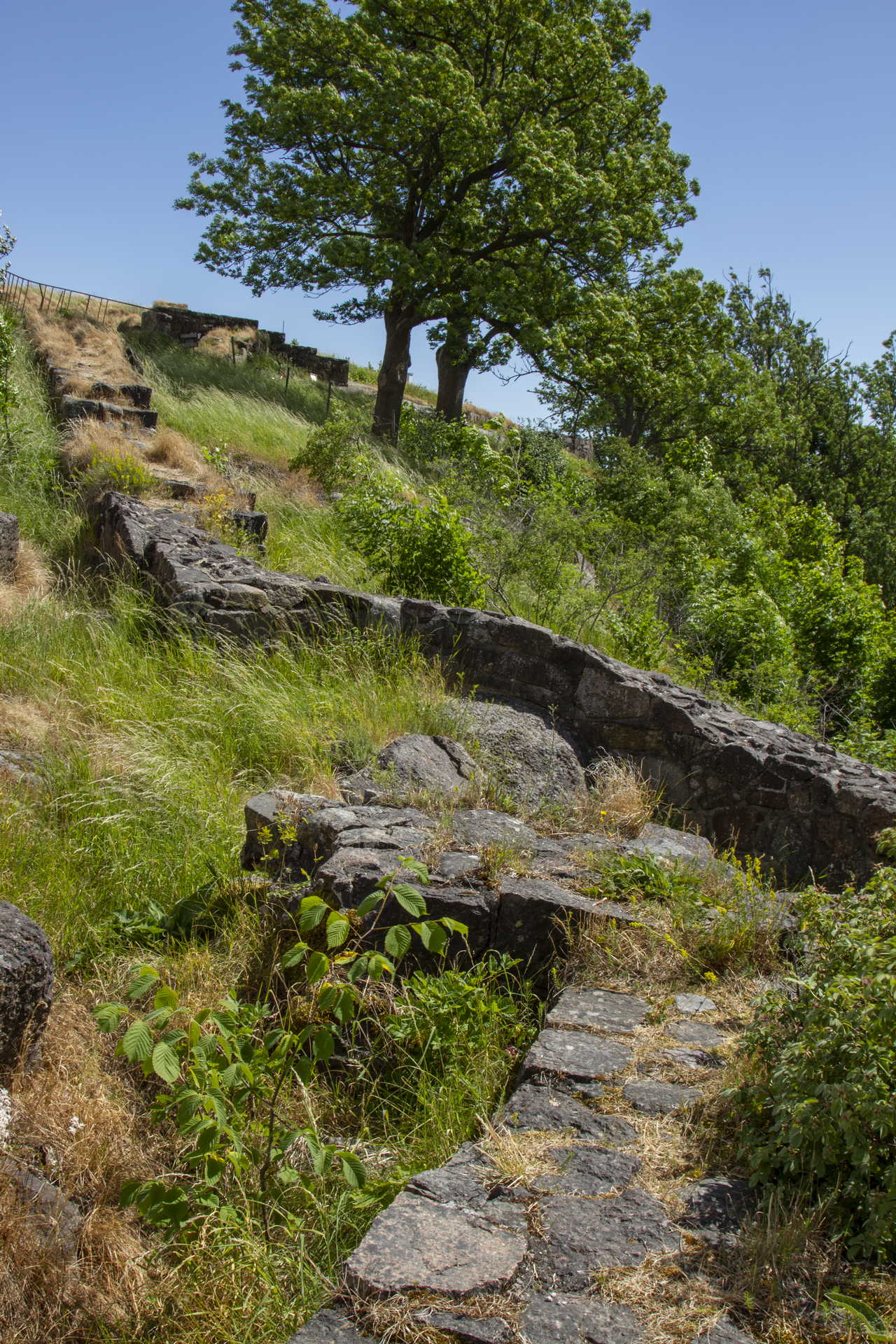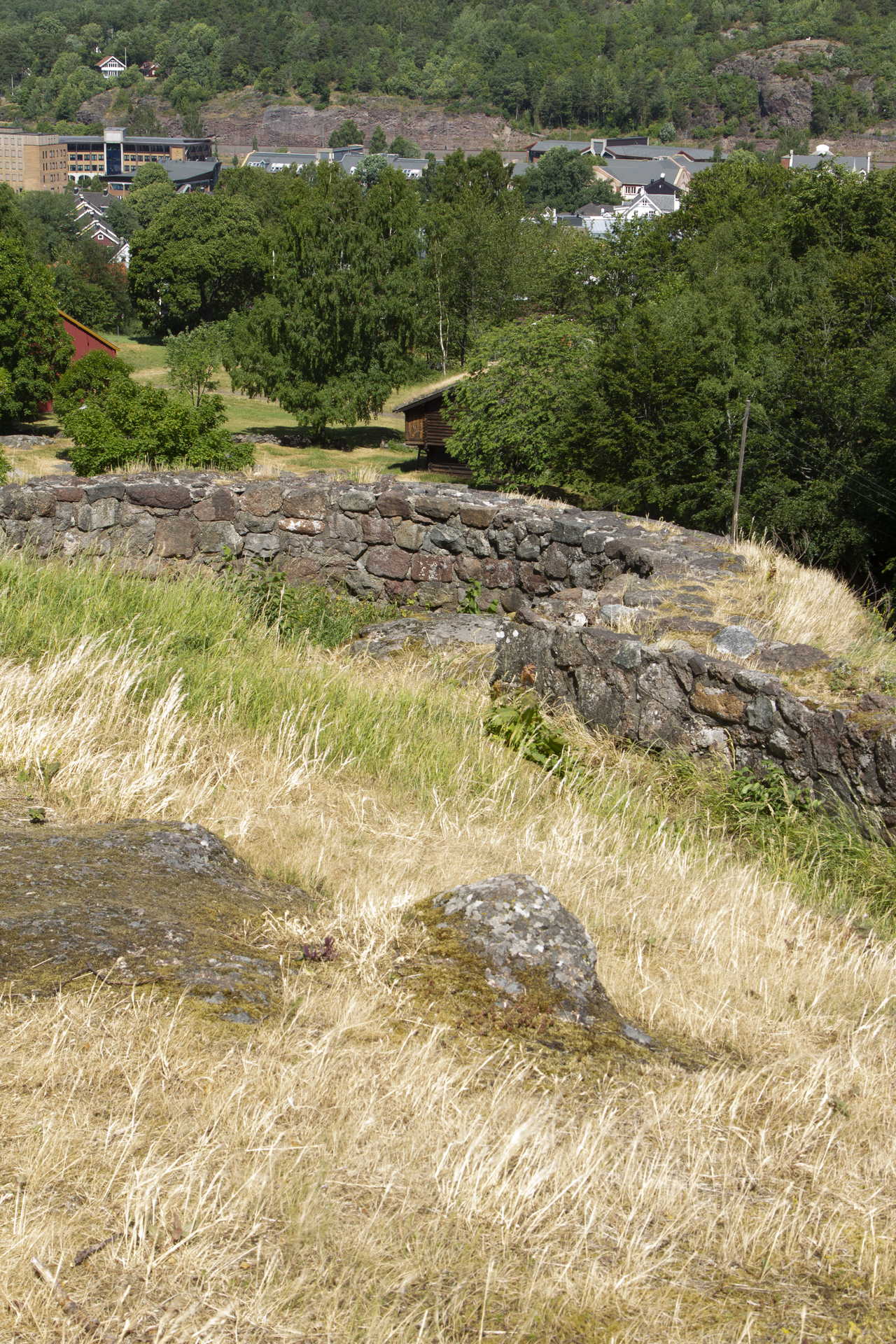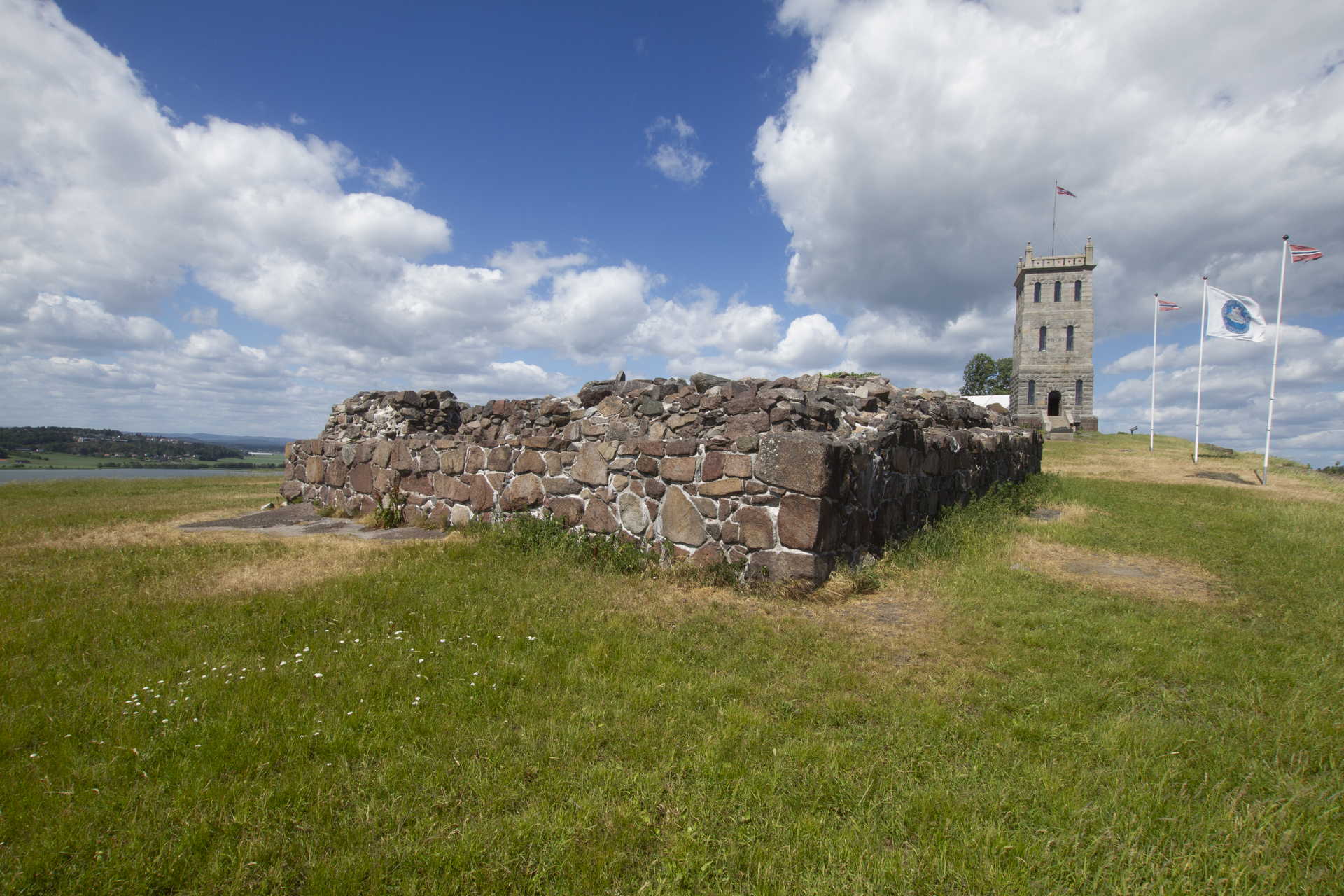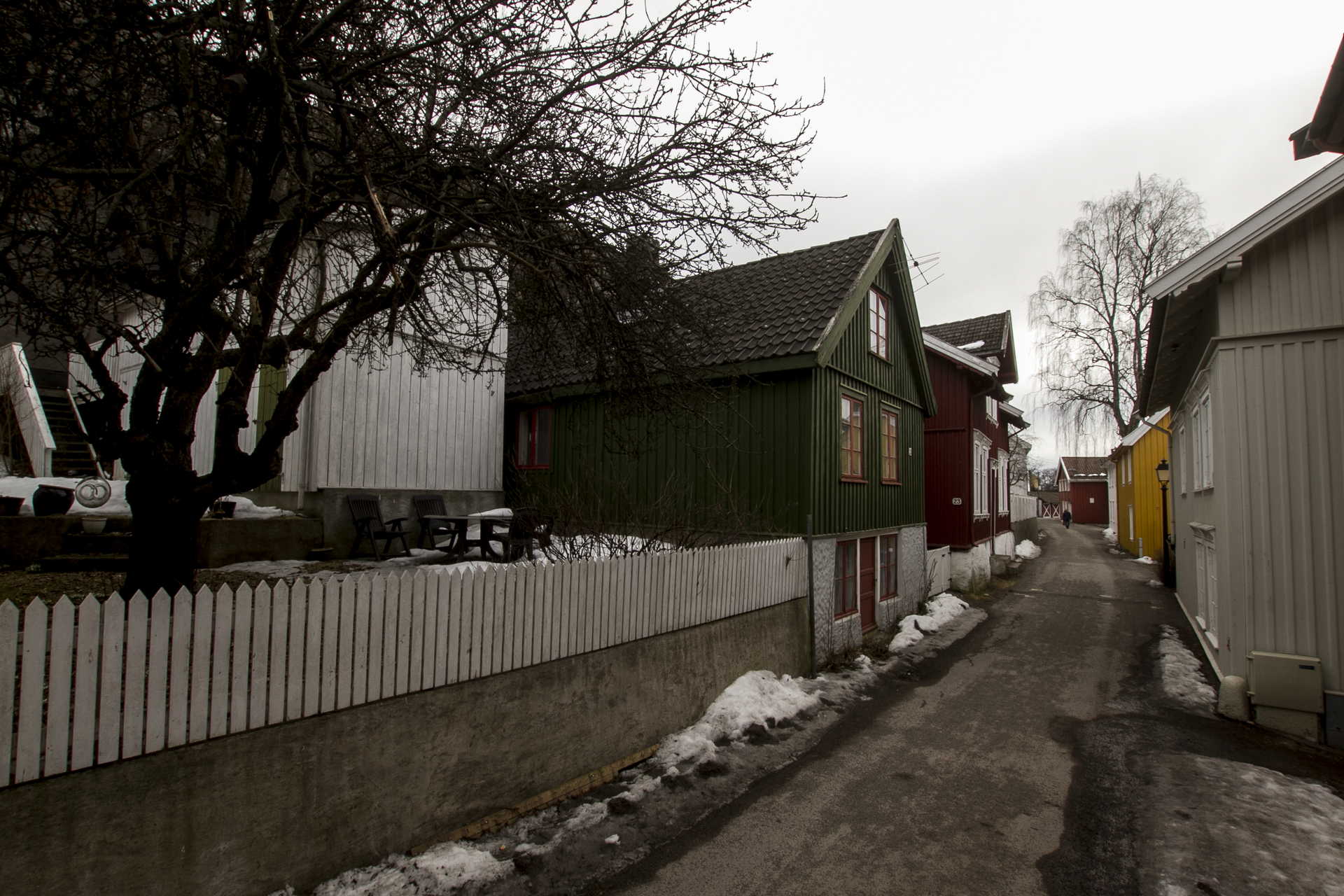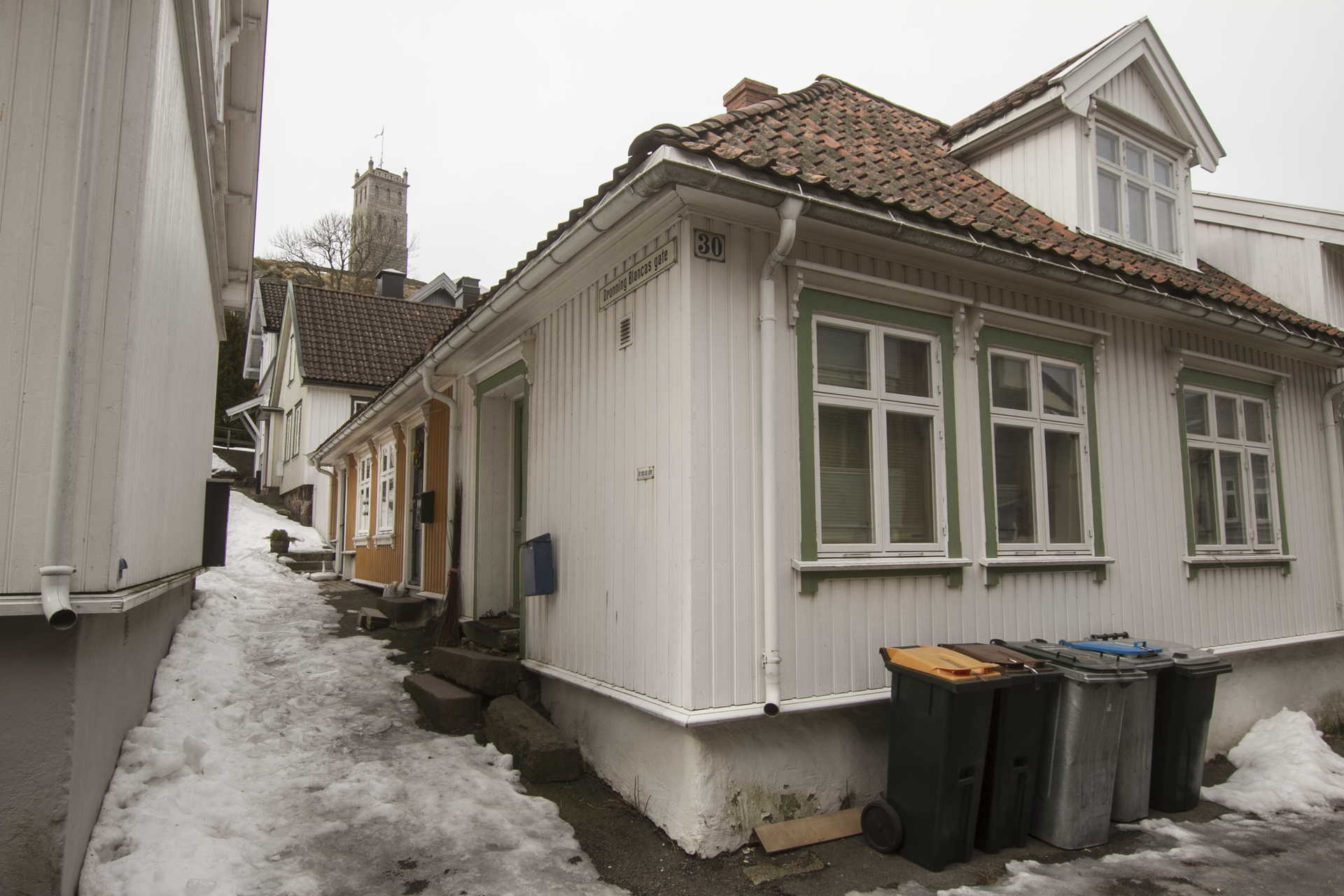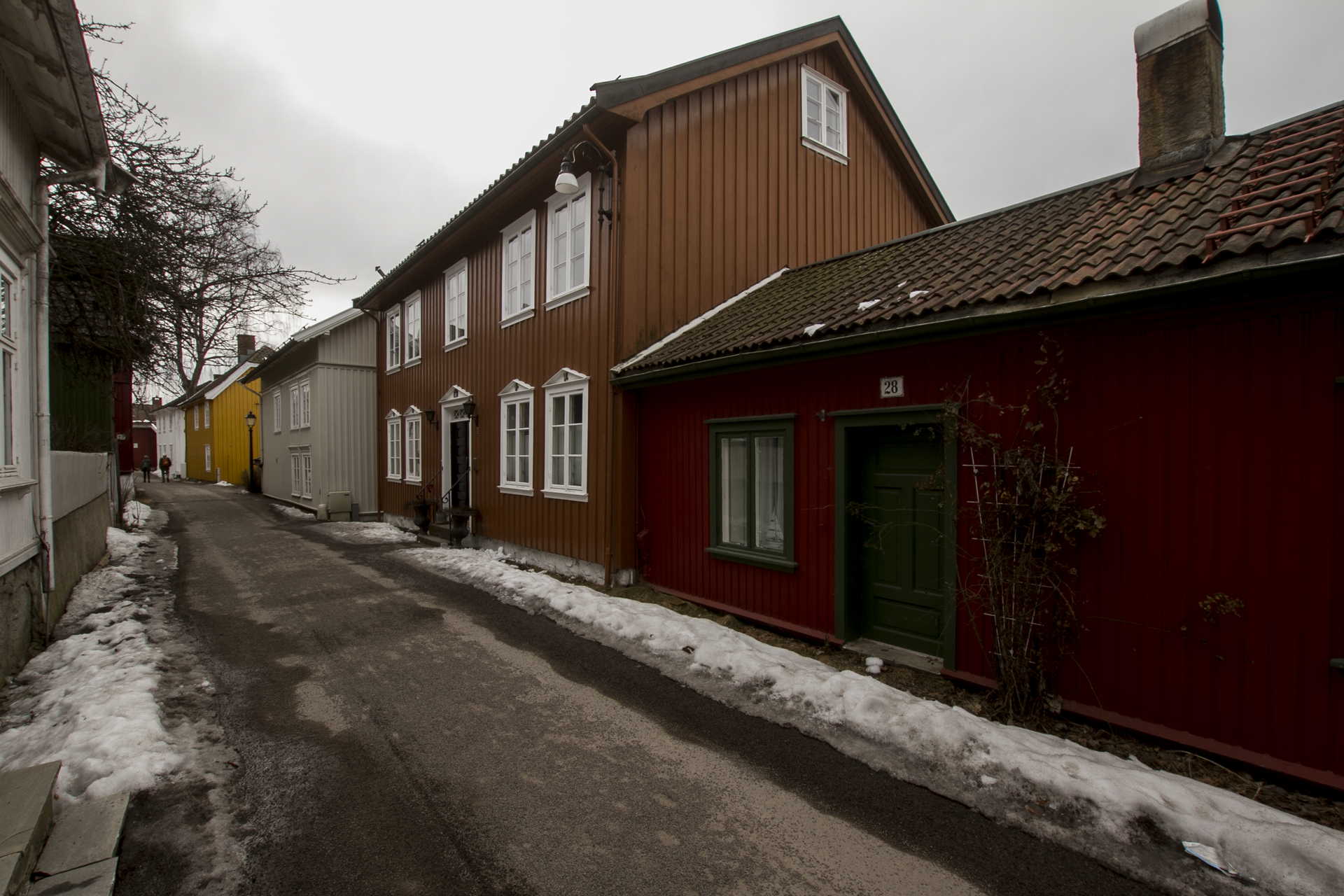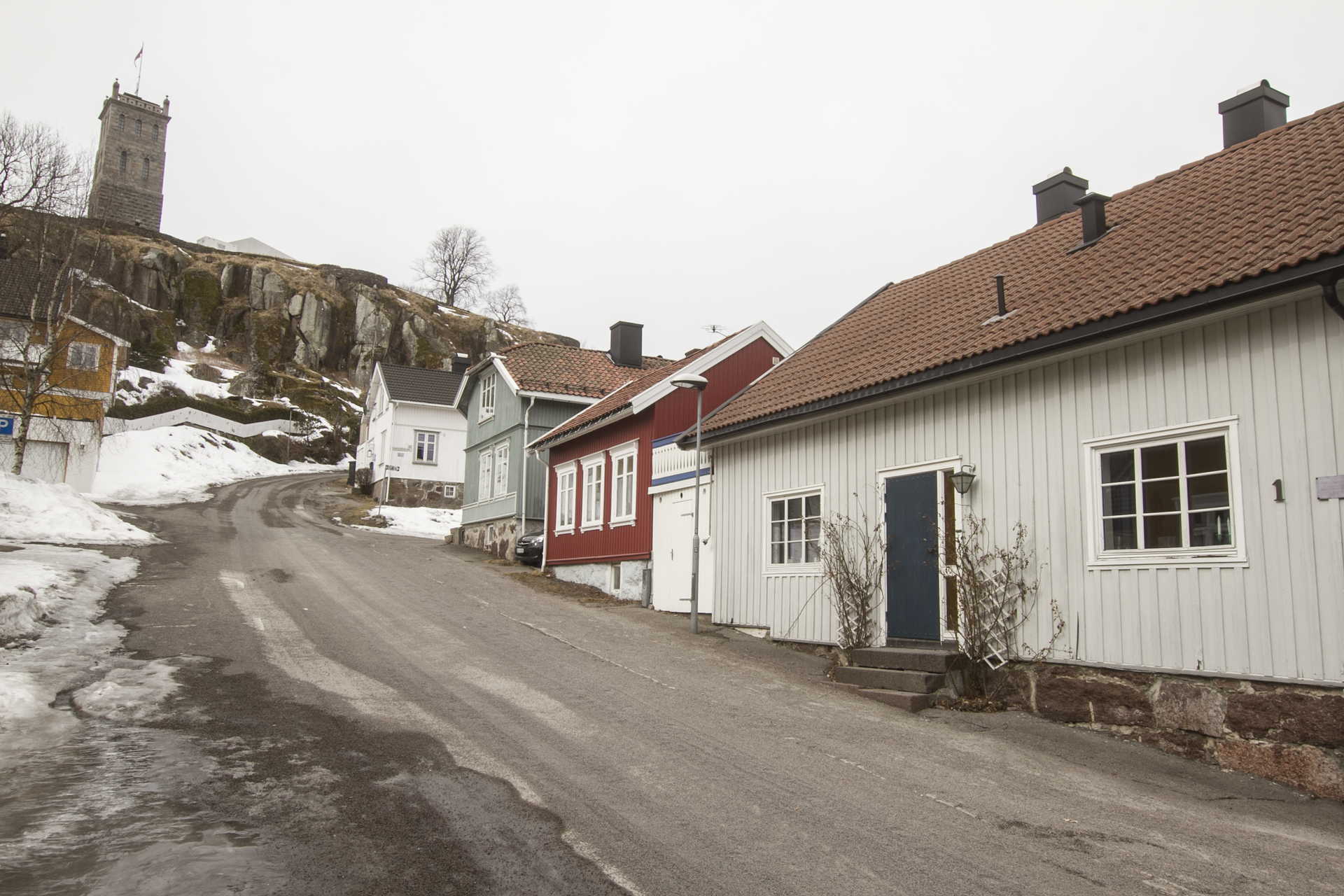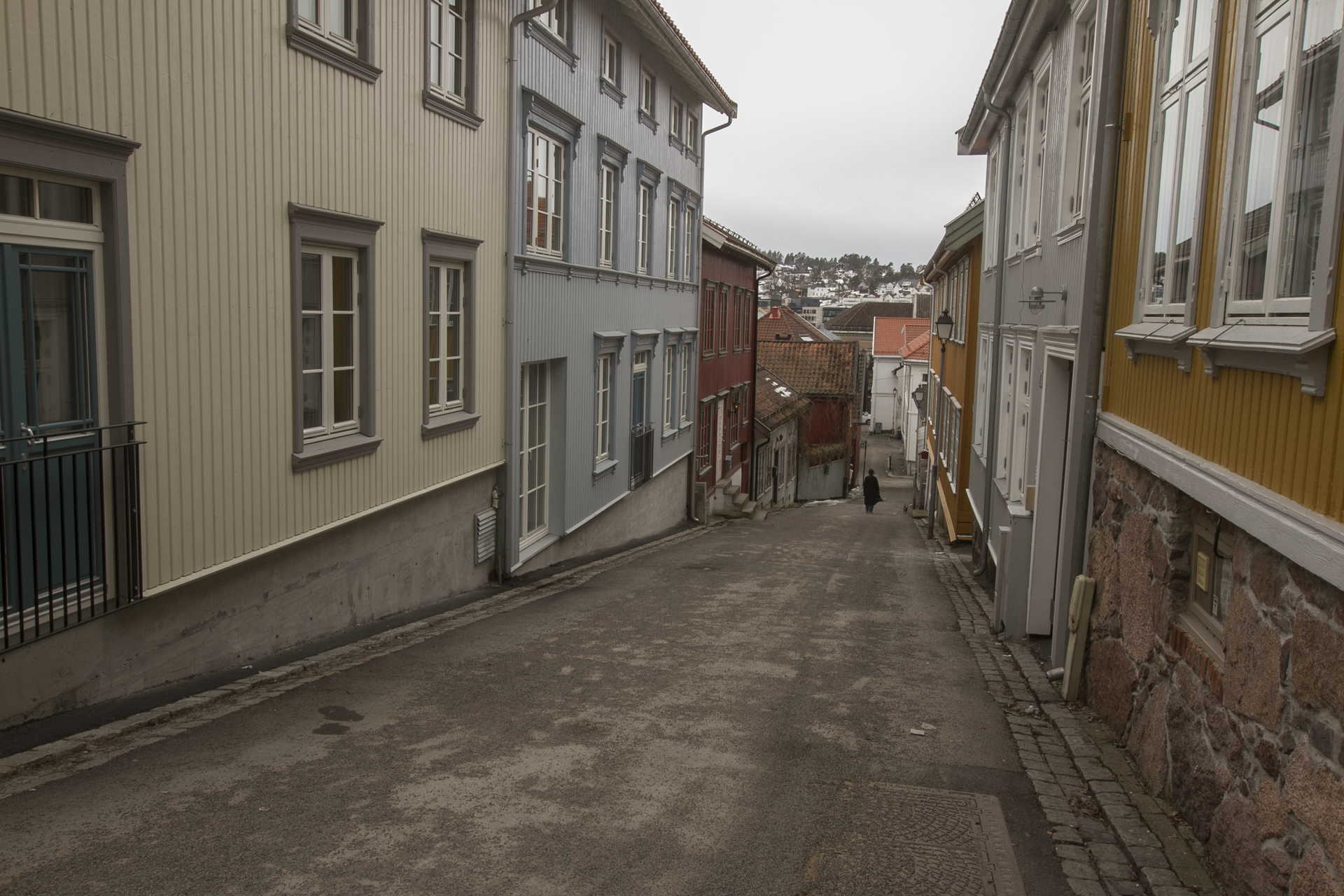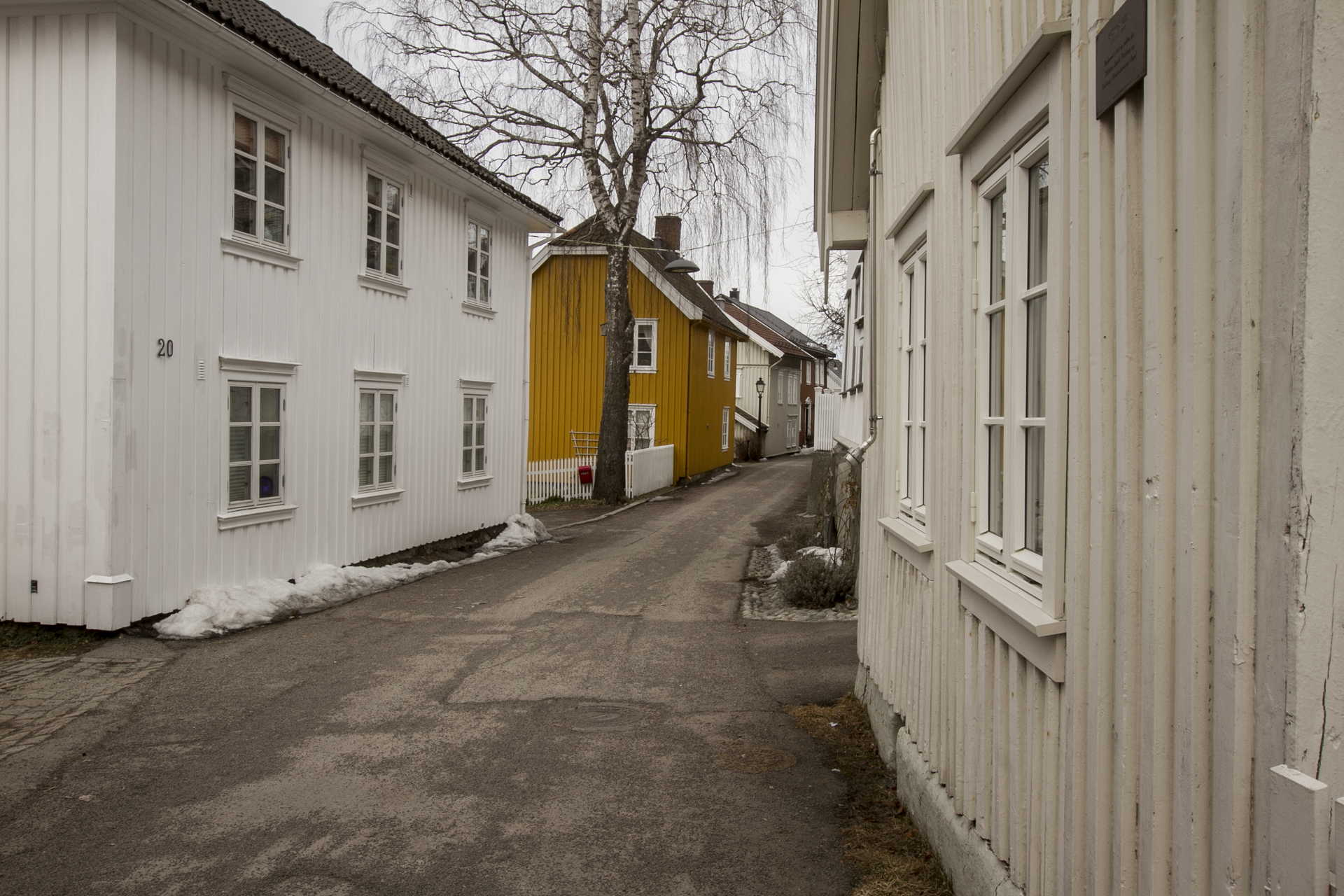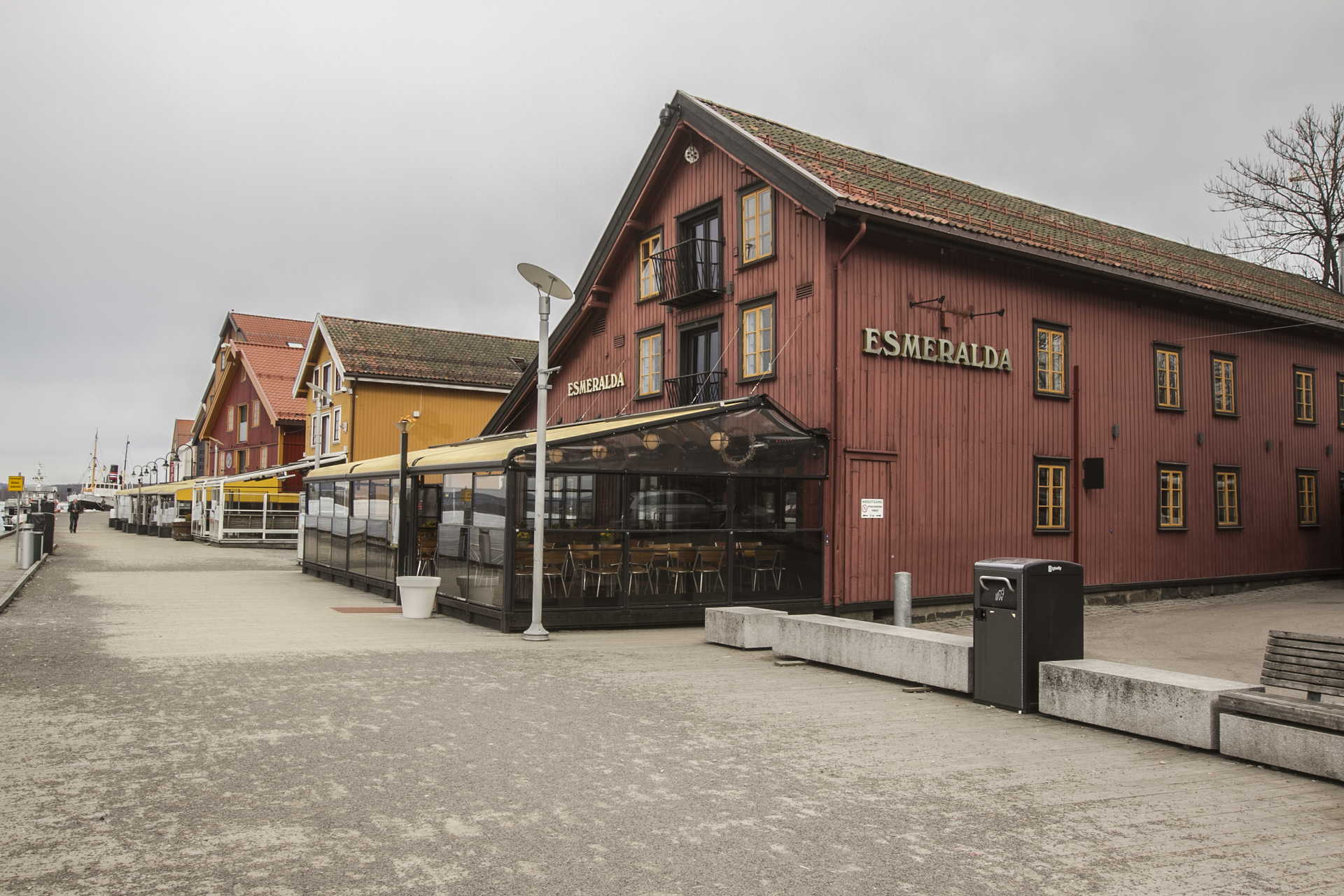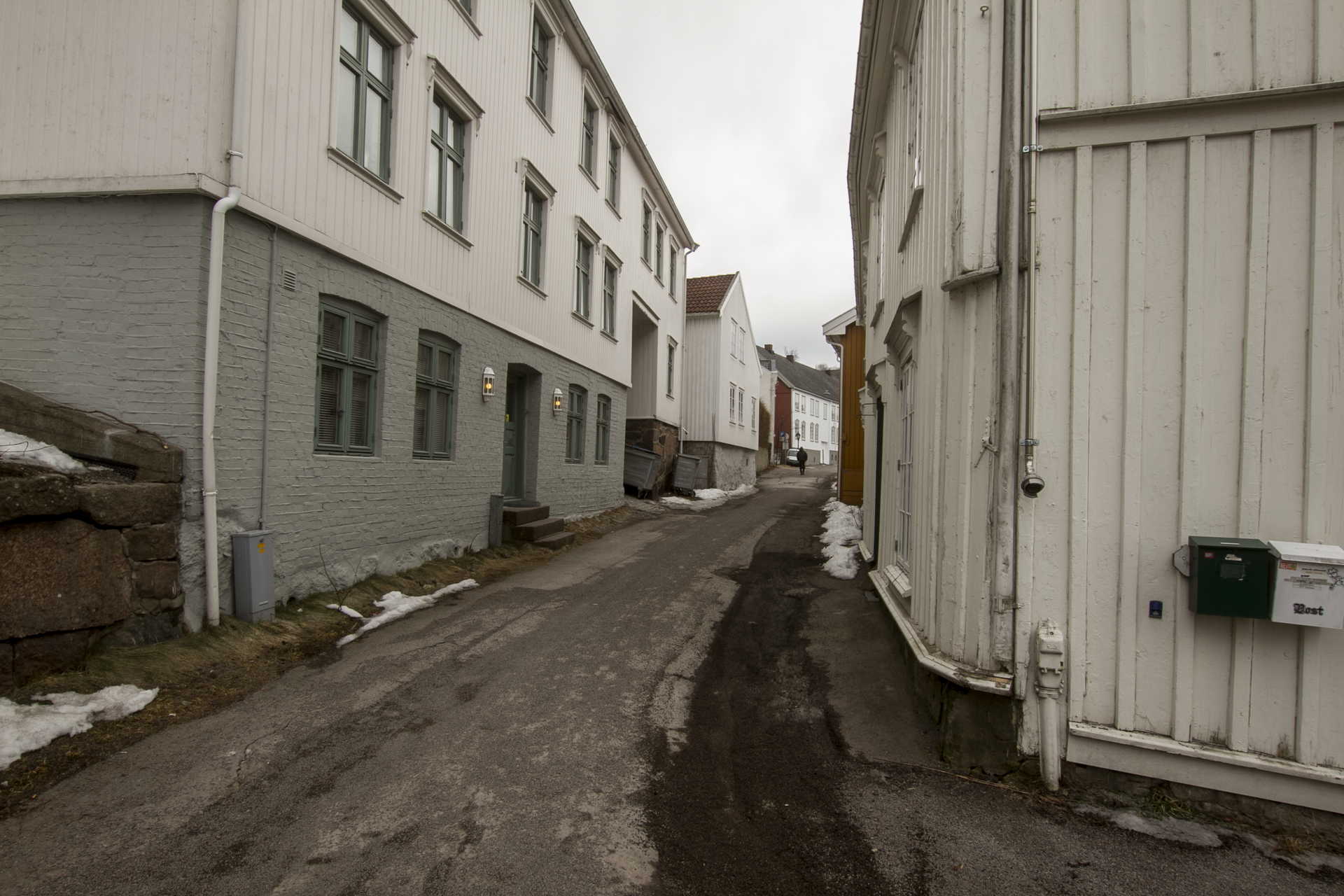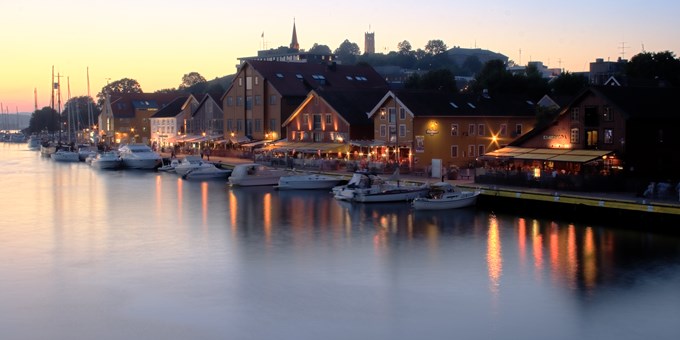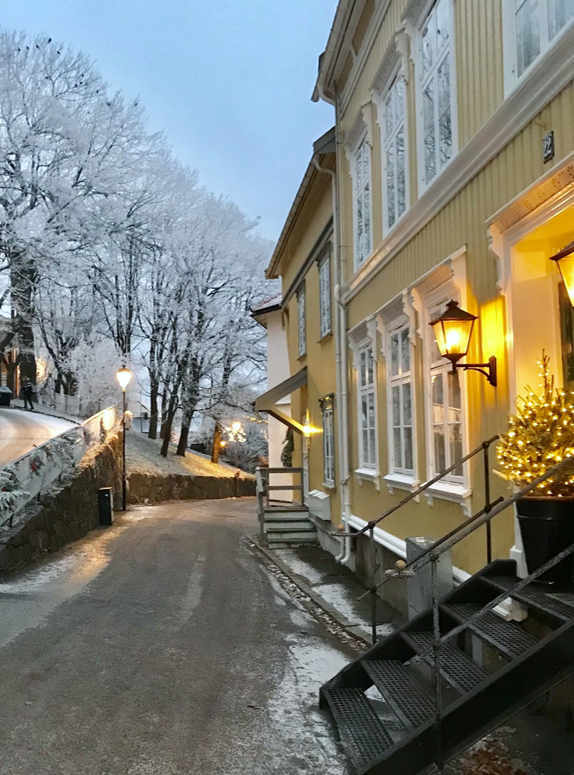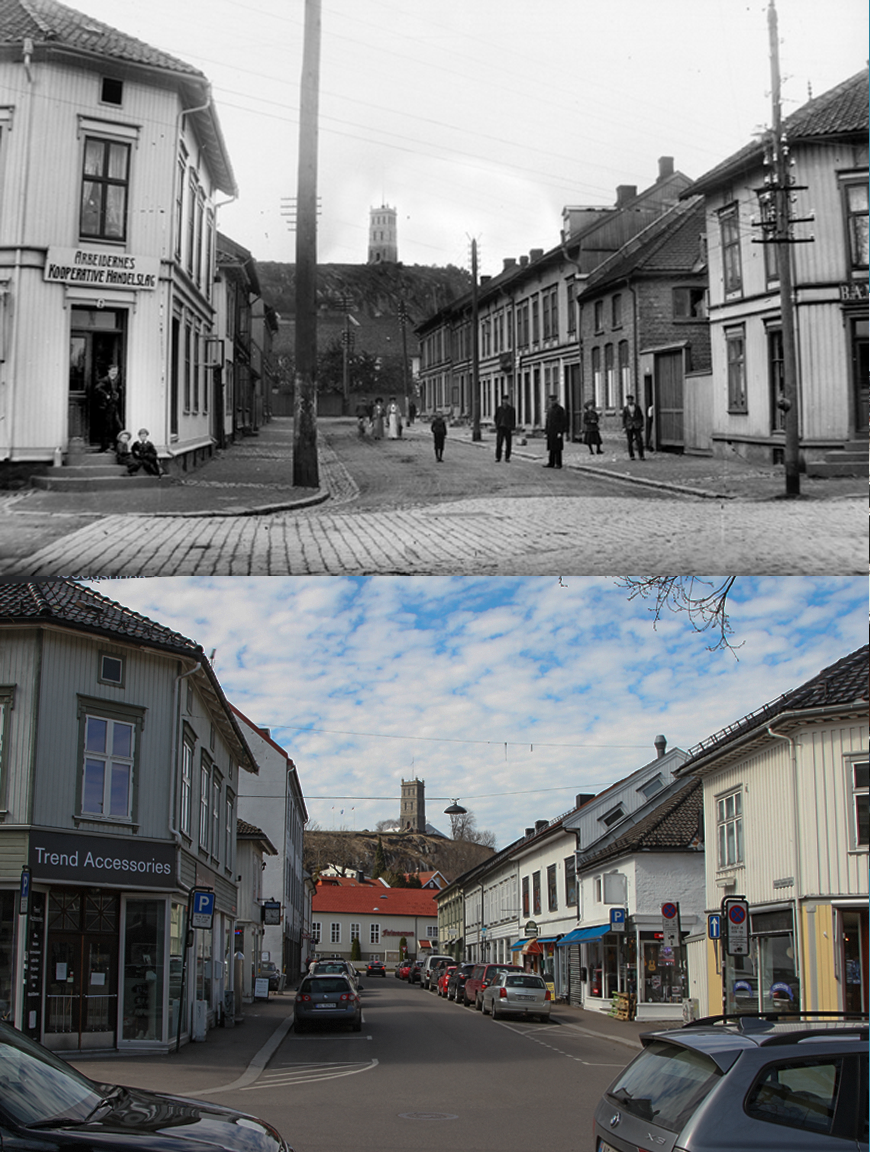Demonstration Case D in the city of Tønsberg (Tønsberg -Norway)
Tønsberg, founded in the Viking-period, is one of Norway’s oldest towns dominated by a cliff with steep sides (Slottsfjellet) which contained the Castrum Tunsbergis. Although it was destroyed in 1503, structures and remains from curtain-walls, watch-towers, residential buildings and churches are still preserved. In the 1950s an open-air museum was established to the north of the Slottsfjellet that contains several wooden farmhouses and buildings with strong CH interest and value such as the Heierstad-loft (a log building from 1407). Nordbyen is a well-preserved cultural environment consisting of small wooden houses from the 17th -19th century. There is ongoing works, and comprehensive long term plans for conservation, restauration and reconstruction on several buildings and monuments within this area.
General description of the historic area section considered for the demo activities
The on-site activities will focus on, and monitor 5-8 objects in total. 3-4 medieval ruins (12th century) within the Castrum-area – including the curtain wall, St. Michael’s church, The Great hall and The Brick tower. All stone and masonry structures consisting of local stone (granites and porphyry), brickwork and lime mortars. 3-4 wooden buildings with different construction, function and age – including the Heierstad-loft – a storage house from 1407, The “Nøtterøy” house – a farmhouse from late 18th century and “Bentegården” a town house from early 18th century.
Current equipment/infrastructure available
Due to its location in an urban area, the Slottsfjellet can provide electricity, internet/GSM coverage (4G) and all areas are accessible by asphalt roads via car. The vicinity of the Slottsfjellet museum means that on-site management (surveillance, contact), office rooms, storage facilities and office rooms are available. Vestfold County (administration staff), located a kilometre from the site, can contribute with human resources and locally scaled, site-specific background data to the investigations, including historical and archaeological information. A high-resolution digital terrain model (Digital Terrain Models/DTM) of the current topography as well as historical images for the generation of historical DTM’s and/or the target buildings for comparison purposes.


